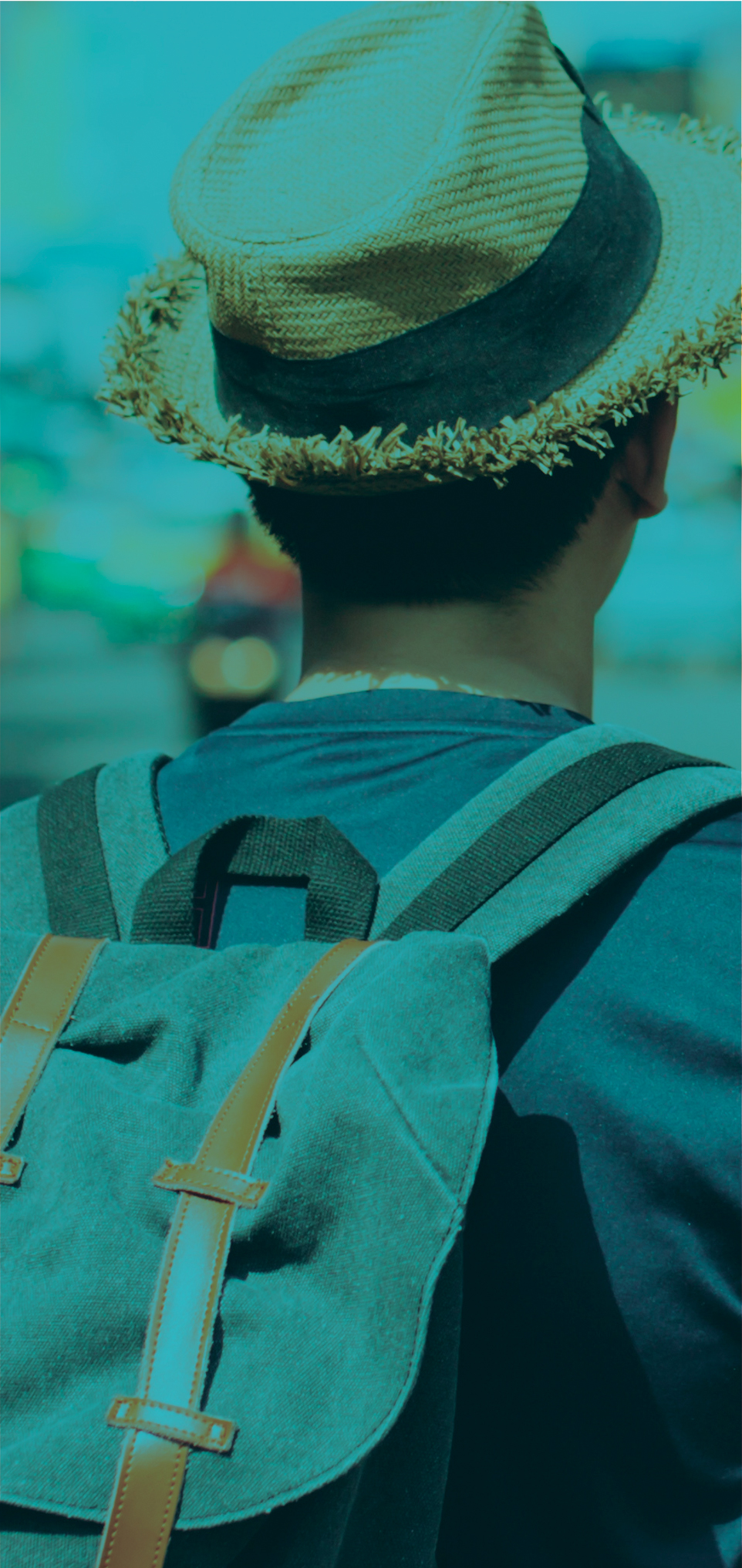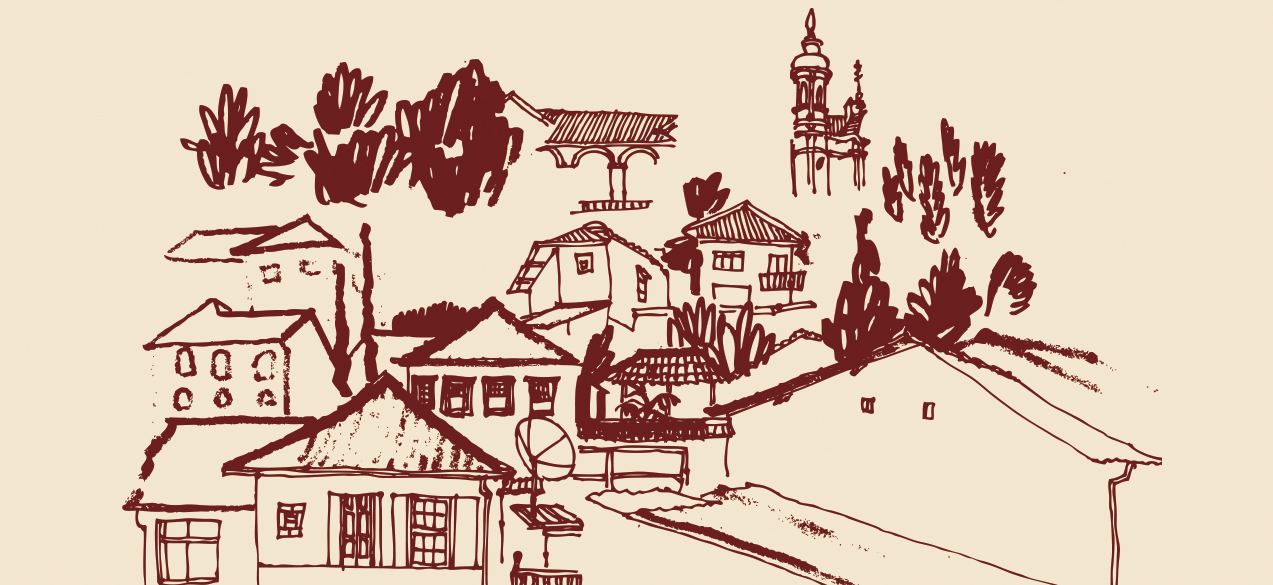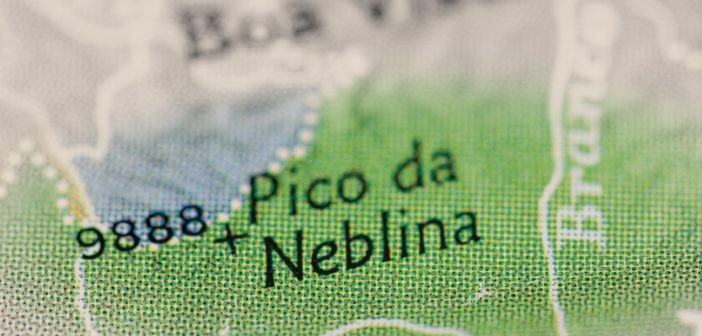– Pico da Neblina, Brazil’s highest point
Rising to a height of 2,995m above sea level, the Pico da Neblina is the apex of the Imeri mountain range in northern Amazonas, and the highest point in Brazil. The name, quite literally “The Peak of the Mist”, refers to the climatic tendency in the area—the mountain is often shrouded in mist and fog. Although most of the mountain range lies on the Venezuelan side of the Brazilian border, the highest peak, the Pico da Neblina, is in Brazil.

– The first tourists in Brazil
The first official tourists to set foot on Brazilian soil did so on 1 January 1502. They were Portuguese explorers led by André Gonçalves, who christened the bay where they docked, Rio de Janeiro (The River of January).

– Women and the armed forces
Brazil was the first South American country to accept women into its armed forces, in the 1980s.
– What’s the oldest tree in Brazil?
The oldest tree in Brazil is a “pink jequitibá” in the state park of Vassununga, in Santa Rita do Passa Quatro, São Paulo. It is 3,020 years old.

– Of the 20 most consumed fruits in Brazil, only 3 are Brazilian
Did you know that the majority of the nation’s most popular fruits, including oranges, apples, papayas, strawberries and jackfruits, are not Brazilian? India gave the world oranges and jackfruit, whilst the apple hails from Eurasia. The papaya came from Mexico and the strawberry stems from both the USA and Chile. The banana can be traced back to Indochina, India, Malaysia and the Philippines. The grape also comes from various places, such as Asia, Europe and North America.
Among the 20 most consumed fruits in Brazil, only three are native: pineapple, guava and passion fruit.

– Why “Ouro Preto”?
The city of Ouro Preto, in Minas Gerais, was named so after the frenzied mining of gold (ouro) in the area in the 1800s. But why was it “black” (preto)? The answer is quite elementary: the region’s gold was covered with a layer of iron oxide, which gave it an unusually dark hue. In fact, until 1823, the city was called Vila Rica.
– The Industrial Revolution and mining in colonial Brazil
Any idea what they have in common? Many things, as it turns out. Gold was shipped to Portugal and even benefitted England, which would have financed the Industrial Revolution with part of the riches taken from the Portuguese colony. And it wasn’t just gold. With it also came the arts, and in particular the architectural styling of Aleijadinho.
– Do you speak Portuguese?
The Portuguese language is the fifth most spoken in the world, by approximately 191 million people.

















